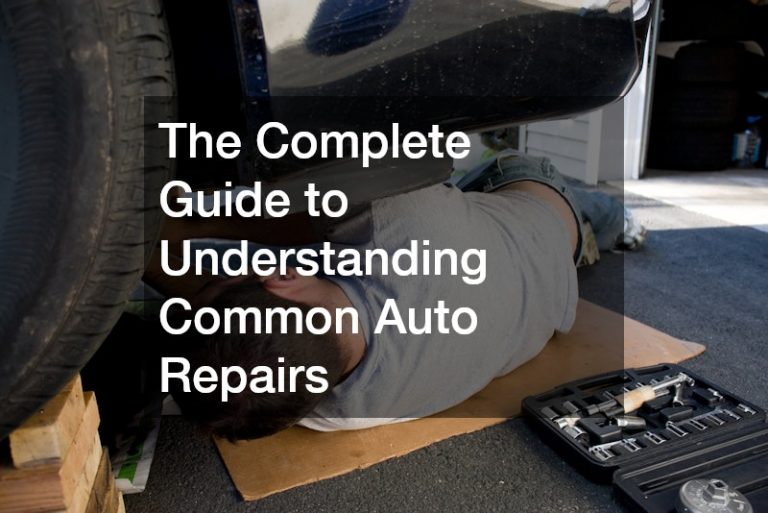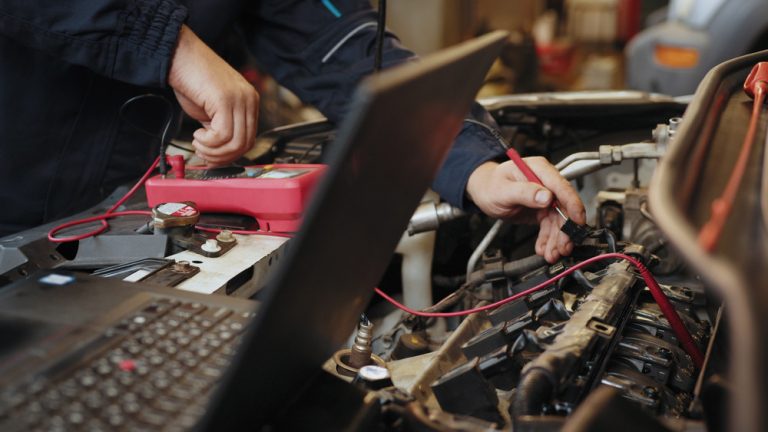


When the message on your cell phone indicted that you needed to call the automobile diagnostic center, your heart skipped a beat. It was difficult to erase the worry that had been building since you took the 2001 Ford F-150 truck in for an automotive repair appointment.
Your father essentially gave your daughter the truck. She was planning to take it on the 12 hour trip for her second year in college. As the only owner of the pick-up, your dad assured you that it was in great shape. In fact, most people who saw the vehicle simply could not believe that it was 14 years old. The paint and body were still flawless since it had always been stored inside. The interior had needed some serious detail work to get clean, but the real moment of truth was going to come when the diagnostic center gave its report.
With your heart beating faster than you cared to admit, you called the number they left on your cell phone.
The mechanic cut right to chase and explained that he was recommending $3200 worth of repair work. He was excited to report, however, that $1500 of that amount was for the intake manifold. Through no fault of the previous owner, it looked like the current 115,000 miles on the truck had simply let to some problems that he encouraged you to replace. To be completely honest, he explained, the intake manifold could last another year, but if it was his daughter traveling 12 hours away for school, he would replace the part.
After accepting the initial total, you realized that they call was really pretty good news. You approved the repairs and scheduled a time to pick up the vehicle at the end of the week. When you and your wife went to pick up the truck and pay the bill, the mechanic said he was very impressed with the condition of the vehicle. He could tell, for instance, that your father had faithfully changed the oil every 3,000 miles. Absolutely no transmission repair was needed. He then went on to share horror stories of much newer vehicles with far fewer miles that had come in and needed major transmission repair. Those cars and trucks, he explained, had not been so well cared for. He was a firm believer, as evidently your father was as well, that even with the new synthetic products, oil still needed to be changed every 3,000 miles. Not the 5,000 miles that some mechanics and dealers were recommending. The transmission inspections that he had done proved to hime that engines lasted longer when the oil was changed more frequently.
Regular Maintenance Services Can Help Avoid Expensive Transmission Repairs and Replacements
One of the scariest automobile service statistics is that neglecting regular vehicle maintenance costs the economy over $2 billion every single year. And while many car owners think that they are doing the right thing by following the car dealership and manufacturer instructions, the decision to drive cars 5,000 miles, instead of 3,000 miles between oil changes can lead to major problems like expensive transmission repairs or whole engine replacement. Some car mechanics, in fact, go so far as to explain that car dealerships have nothing to gain from vehicles lasting for 200,000 miles. Those dealers are better off if major repair needs force you to trade a car in at 90,000 and buy a brand new model.
Consider some of the other mechanic recommendations that may extend the life of your car and its parts:
- Tire rotations should generally occur every 7,500 miles, or sooner if the car manufacturer recommends.
- Timing belts should be replaced between 60,000 and 90,000 miles, or sooner if the owner’s manual or manufacturer recommends.
- Automatic transmission fluid should be checked every 5,000 miles or whenever the the engine oil is changed. A standard check includes making note of the level, color, and smell of the current fluid.
- Oil changes should occur every 3,000 miles. Although some dealerships and car manufacturers say that synthetic oils only need to be changed every 5,000 miles, many car mechanics still recommend the 3,000 mark.
Automobiles are expensive investments and the best way to protect those investments is with regular maintenance.




